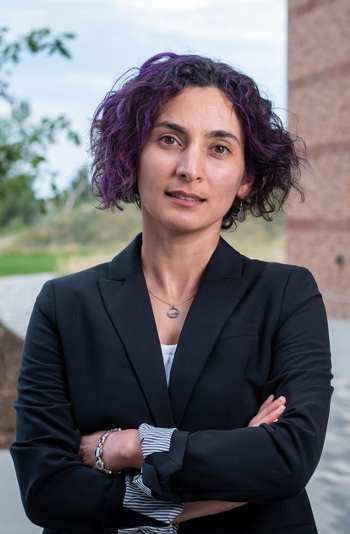
Nick Riley Is Recipient of the FACSS Student Award
Nick Riley is the winner of the FACSS Student Award at SciX 2017. He earned his B.S. degree in chemistry and psychology from the University of South Carolina (Columbia, South Carolina) with honors from the South Carolina Honors College, where he was a Robert C. McNair Scholar. He conducted undergraduate research in forensic analytical chemistry with Dr. Stephen L. Morgan and developed a fascination for the instrumentation he used while in the Morgan laboratory.
Nick Riley is the winner of the FACSS Student Award at SciX 2017. He earned his B.S. degree in chemistry and psychology from the University of South Carolina (Columbia, South Carolina) with honors from the South Carolina Honors College, where he was a Robert C. McNair Scholar. He conducted undergraduate research in forensic analytical chemistry with Dr. Stephen L. Morgan and developed a fascination for the instrumentation he used while in the Morgan laboratory.
Following graduation, he moved to Madison, Wisconsin, to join the laboratory of Joshua J. Coon as an analytical chemistry graduate student at the University of Wisconsin. In his tenure there, Riley has conducted research in the field of bioanalytical mass spectrometry (MS) with a focus on developing instrumentation and methodologies to improve characterization of protein post-translational modifications in complex systems. The majority of his work has centered on improving the efficacy of electron transfer dissociation (ETD) and related tandem MS techniques. Through the use of infrared photoactivation concurrent with ion–ion reactions, Nick has significantly enhanced the capabilities of ETD to sequence peptide and protein ions in high-throughput proteomic experiments, and the scope of this exciting technology is just beginning to be explored. Throughout his graduate career Riley has worked on globally characterizing protein acetylation and phosphorylation, but his most recent efforts have focused on protein glycosylation, a chemically complex and analytical challenging modification involved in a wide array of intra- and intercellular functions. Riley’s work with ETD and hybrid tandem MS methods is among the first efforts to characterize thousands of glycosites via intact glycopeptides, providing crucial site-specific biological context at an unprecedented scale. He is now continuing to develop this technology to investigate glycosylation profiles in models of cancer aggressiveness to understand cancer cell metastasis.
Newsletter
Get essential updates on the latest spectroscopy technologies, regulatory standards, and best practices—subscribe today to Spectroscopy.





